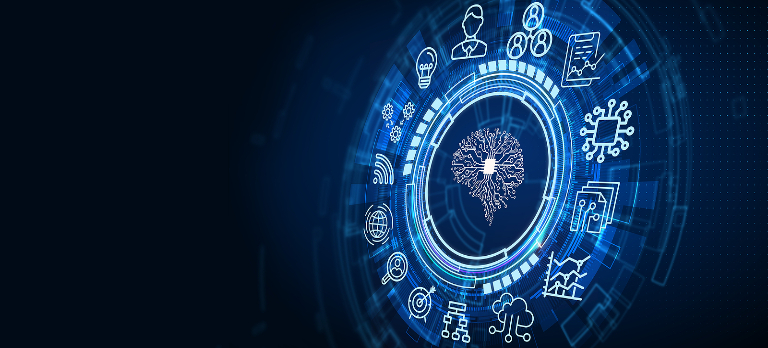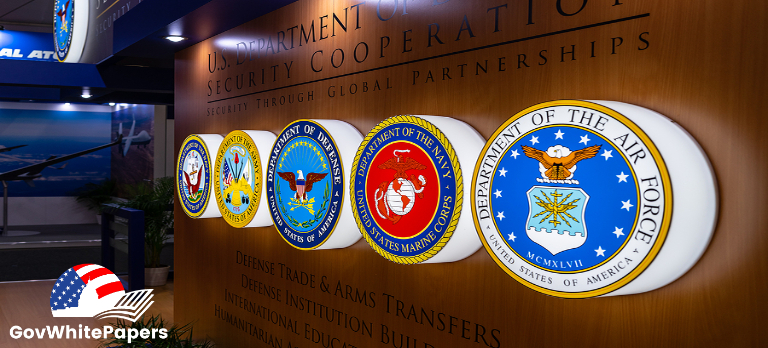In intelligence analysis, the concept of trust is paramount. Trust, however, is not a commodity that can be acquired overnight. It’s built on a foundation of rigorous training, the utilization of reliable sources, and the ability to transparently communicate how conclusions are drawn. This standard holds not only for human analysts but also for the increasingly pivotal role played by Artificial Intelligence (AI). Why do we trust human experts, not just because they are human, and why should we trust AI? Let’s delve into why we should have trust in both human experts and AI systems.
The Bedrock of Expert Analysts’ Trust
The Bedrock of Trust: Not all analysts are created equal. The trust vested in experts stems from more than their tenure. At its core, this trust is rooted in:
- Rigorous Training: Expert analysts undergo comprehensive training that equips them with the skills to parse through vast amounts of data, discern patterns, and extract actionable insights.
- Reliable Sources: Their conclusions are drawn from verified, credible sources, ensuring the integrity and accuracy of their analyses.
- Transparent Methodology: Experts can articulate the rationale behind their conclusions, offering a clear window into their thought process and reinforcing the reliability of their findings.
These elements combine to form the backbone of an expert analyst’s credibility, laying the groundwork for trust.
Mirroring Trust in AI-Driven OSINT Analysis
As AI technologies evolve, they are increasingly being integrated into analysis, promising enhanced efficiency and novel insights. Trust in AI, much like with human experts, hinges on similar principles:
- Expert Training: The most trusted AI systems are those that have been trained by experts, leveraging deep learning models and neural networks. This training involves not just the ingestion of data but also the refinement of algorithms to ensure they can identify and interpret complex patterns in open-source information.
- Utilization of Reliable Sources: AI-driven platforms, especially those serving high-stakes sectors like national security and corporate intelligence, prioritize the ingestion of data from verified and authoritative sources. This ensures the analyses they provide are rooted in accuracy and relevance.
- Transparent Algorithms: Trust in AI also depends on transparency, albeit of a different kind. The most reliable AI systems can offer insights into how they process data and reach conclusions. This might not be in the form of a step-by-step rationale, as with a human expert, but through demonstrating the reliability and consistency of their analysis over time.
The Symbiosis of Human Expertise and AI
The true potential of AI in analysis is realized when it functions in symbiosis with human expertise. AI can handle the heavy lifting of data processing, identifying patterns at a scale and speed unattainable by humans. Meanwhile, human analysts can interpret these patterns, provide contextual understanding, and apply ethical judgment. This synergy enhances the accuracy, efficiency, and depth of intelligence analysis.
Embracing Dual Trust: The Foundation for Confidence in AI-Driven OSINT Analysis
Trust in AI-driven OSINT analysis is not a leap of faith but a reasoned belief grounded in the AI’s training, the reliability of its sources, and the transparency of its processes. Just as we trust expert analysts for their disciplined methodology and insightful interpretations, we can extend a similar trust to AI systems designed under expert guidance. As the landscape of intelligence and security continues to evolve, embracing this dual trust in both human expertise and artificial intelligence will be key to navigating the complexities of the digital age.
More AI innovations can be found by exploring https://seerist.com/.










